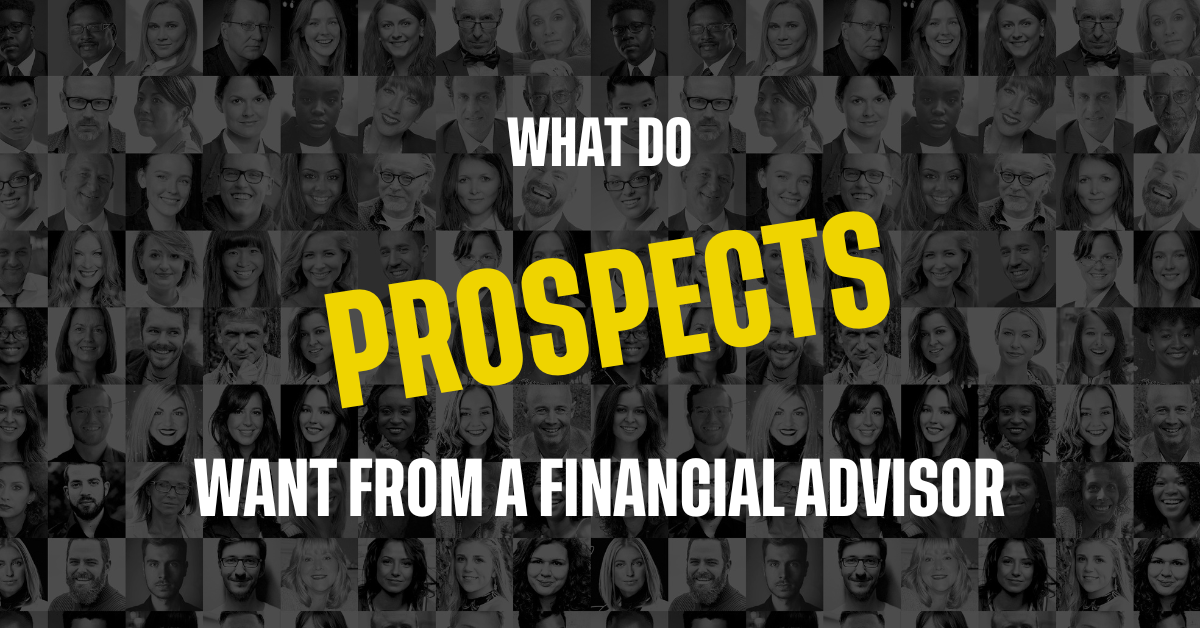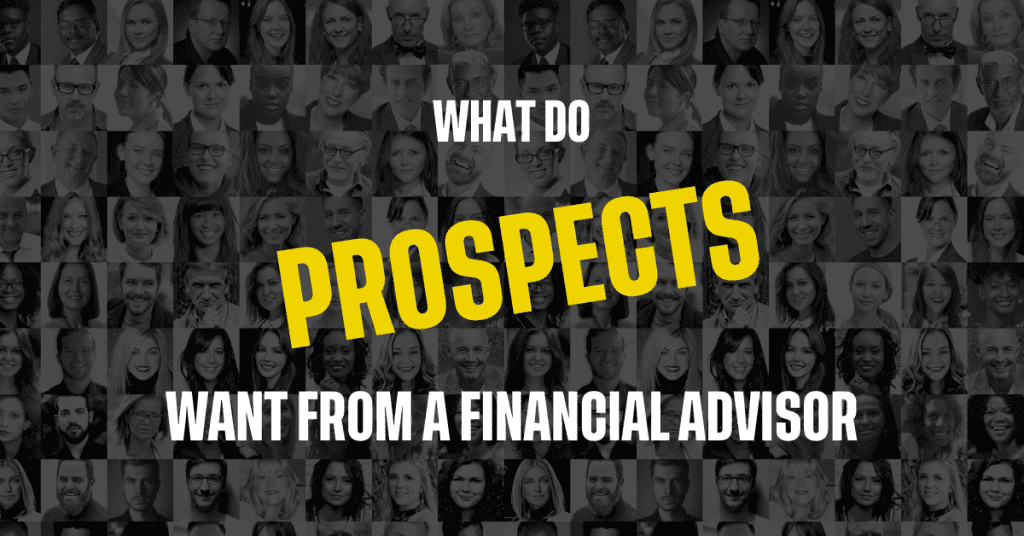I spent my first few years running Facebook Ads doing a “try it and see what sticks” methodology.
I had more losers than winners, by far.
There were no structures, no principles, and no strategy.
If something worked, I couldn’t explain why. If it didn’t work, I couldn’t explain that either.
It wasn’t until I found mentorship from people more experienced than me that I started to understand the reasoning and strategy behind why some Facebook Ads worked and others didn’t.
And when I started to understand the why? behind how things worked, I started seeing more wins than losses. I’ve seen myself and some others I’ve learned these things with do on their own what entire marketing teams struggled to accomplish. From a technical standpoint, their copywriting wasn’t as good, their designs not as polished, and their ad budgets lower, but by understanding the basic principles, things still worked better.
I want to share the first piece of knowledge I obtained that really started to give me a structure and framework I could use to understand what was happening, understand my losses, and further improve my wins.
First, a quick definition:
What is a conversion?
A conversion is the final action we want someone to take in any given step of a marketing funnel.
It’s when someone converts from “website visitor” to “newsletter subscriber” or “first appointment” or “client.” It’s often the largest and most impactful action someone can take that brings them closer to doing business with you.
What is a heuristic?
A process or method, often loosely defined.
And so today we’re talking about The Conversion Heuristic.
This was developed by one of my mentors over at MECLabs, which is a marketing science lab.
And here it is: C = 4M + 3V + 2(I-F) – 2A
It’s not actually a math problem, but a model to think about your marketing that I’m going to reference often in my future posts on Facebook marketing.
To quickly break down what you’re looking at, here’s what it all means.
C = Conversion. In this case, the likelihood of conversion
M = Motivation of the prospect
V = The force of your value proposition in relation to that motivation
I = Incentive. Why should they take this action now? What are you offering?
F = Friction. How difficult it is for someone with the proper motivation to obtain your value proposition.
A = Anxiety. In your prospect’s mind, “is this real?”, “are they honest?”, “Will they do what they say?”, “What if they’re lying?”
The numbers (coefficients) next to each item indicate the relative importance of that item in the process. The most important factor is someone’s own motivation, with friction, incentive, and anxiety being the least important (but still very important).
So in plain English, here’s what this means: The likelihood of someone taking a specific action is the direct result of that person’s motivation, your offer of value in relation to their motivation, plus the incentive you offer minus the friction required to obtain that offer, and then minus all their anxieties about you, your business, and your offer.
So here’s an example:
Your motivation is “I want $10,000.”
My value proposition is “I will give you $10,000”
Sounds like a good deal! You’ll take it!
The friction is “but you have to walk across the entire state of Texas, in August.”
Nevermind, too much friction. That’s not worth $10,000.
So I’ll offer an incentive, instead of walking across Texas, I’ll let you fly across Texas.
And now it’s probably worth it again.
But now there’s the anxiety, “why would he do this? Will he really give it to me? What if I spend all this time and don’t get the $10,000? What if he doesn’t actually have $10,000 to give me?”
And now it’s on me to explain why I would do something like this, answer your questions, and convince you that your anxieties are unfounded.
See how all those factors tie together to lead to taking action? Anytime you ask someone to take an action, either on your website or in real life, the same factors apply.
So understand their motivation, craft your offer to match, make it easy to get, and assuage their fears.
There’s a lot more to break down here. Digging into motivation will be coming up in a post next week!





